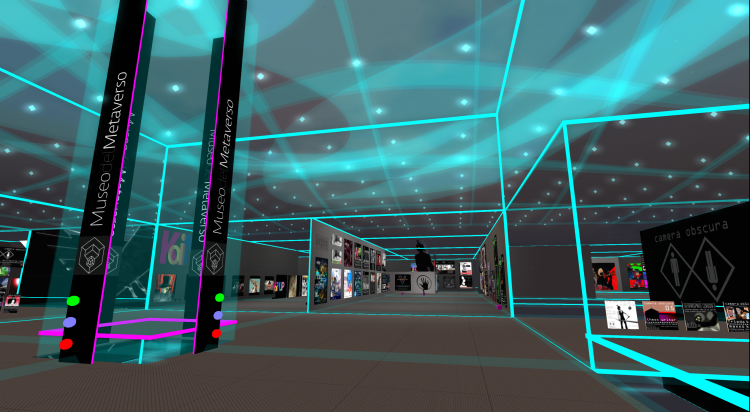A metavers is an environment where human beings interact socially and economically as avatars in cyberspace. It acts like a real world metaphor but without its physical or economic limitations. The concept was coined in 1992 by the American writer Neal Stephenson , in the novel 'Snow Crash' (1992), where he describes a collective virtual space compatible and converging with "real reality".
Gradually, the Internet is evolving into more immersive, more natural, and intuitive experiences, and into experiences where the boundaries of online and offline are not so obvious. Voice navigation , gesture recognition , natural language processing systems , cognitive platforms or RV / RA reality technologies are other examples of this new network of networks. The first example is Second Life , a universe of online social games that was launched in 2003, when the word metavers was not widely used.
Who is currently driving the metavers?
In 2021 Mark Zuckerberg, CEO of Meta (formerly Facebook), confirmed that the company was working on its own metavers. Here the subject began to recover. In terms of hardware, virtual reality lenses have been key to linking both worlds. Also, VR headsets used by video game companies like PlayStation.
What would an open metavers look like?
According to Linux in its blog , "an open metaverse is one that to the greatest extent possible guarantees or will guarantee the use of free and open technologies, both in hardware and software. And that applies or will apply in its processes and mechanisms of I work on the philosophical principles of them. "
What projects exist?
In the field of free software , there is the Metavers Open Interoperability Group , an organization that focuses on uniting virtual worlds by designing and promoting identity protocols, social graphics, and so on. Its members include companies and individuals working to achieve the goal of creating a community of artists, creators, and developers to discuss and explore concepts surrounding the design and development of virtual worlds. One of its core values is to work to make the metavers more humane.
In the private sector, we find Sansar , a virtual reality platform developed by Linden Lab, the creators of Second Life. It allows the creation of 3D spaces, where users can share how to play, watch videos and have conversations in virtual reality. Each participant is represented by an avatar that recognizes gestures and movements thanks to virtual reality headsets.



